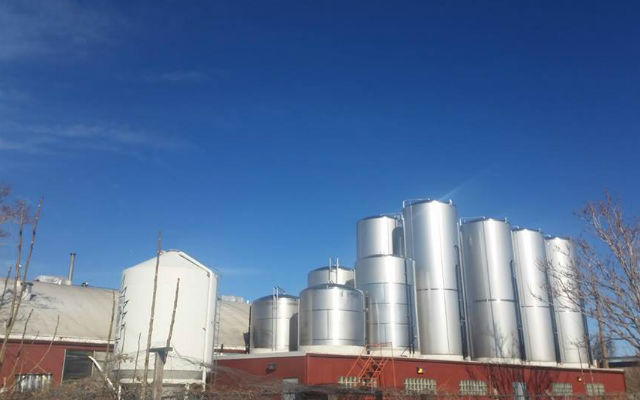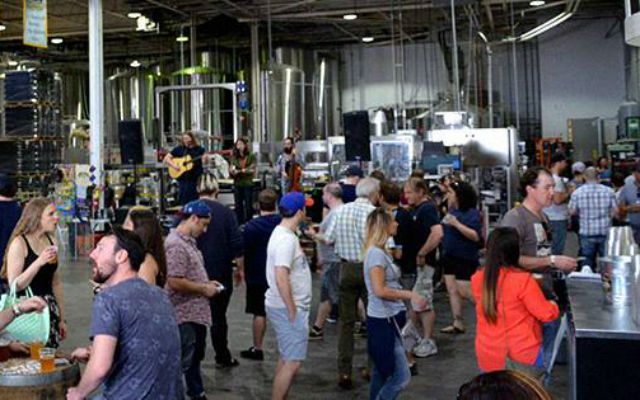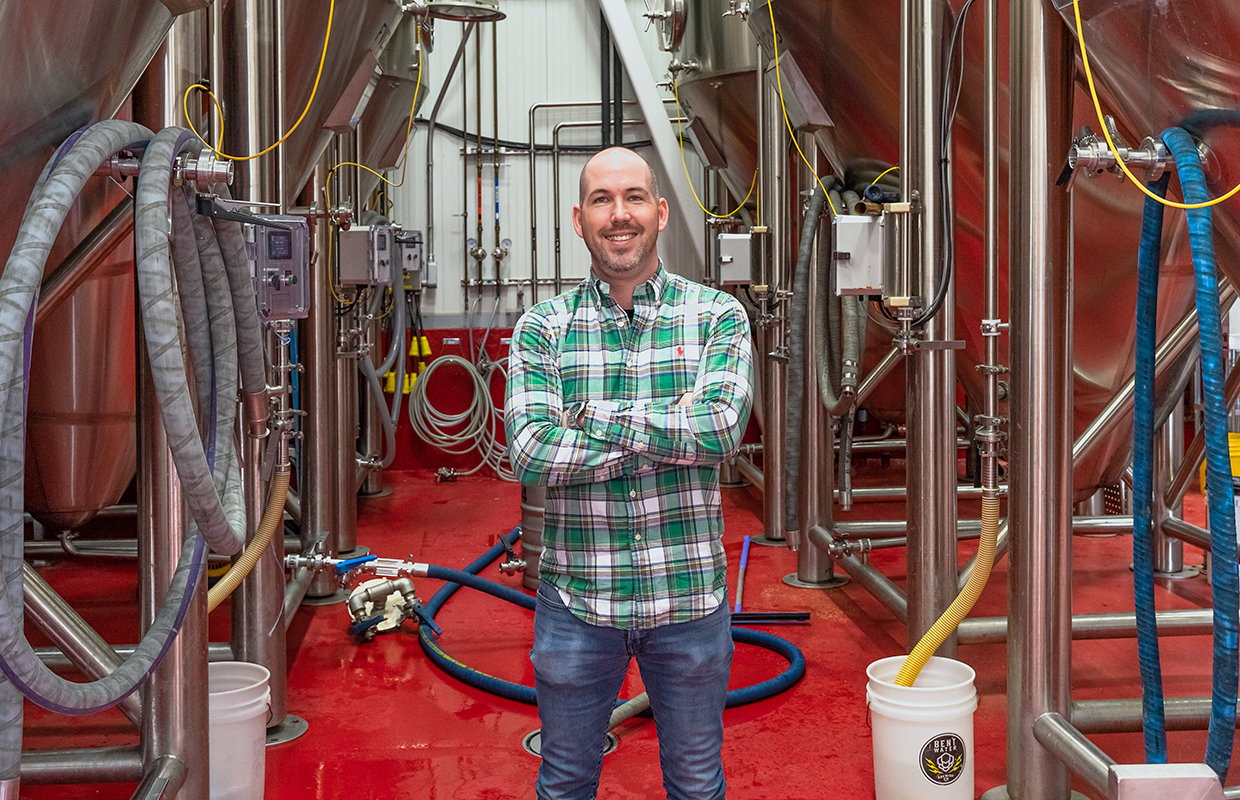
You’ve completed multiple levels of success at your brewery. The first, brewing enough barrels to necessitate distribution channels. The second, to land the distribution channels your brewery desires.
Now you find yourself in a conundrum. Yes, the brewing channels have tested and you believe you should be having success, but something’s just not clicking. Scratching your head will give you something to do, but to successfully grow your business in new distribution channels you’ll have to do more than just brew more beer — you’re going to have to brew marketing initiatives.
In the past five years Bell’s Brewery Inc. has only entered two new territories. “New York last October [2013] was our first new state in almost five years,” said Laura Bell, the vice president of Bells Brewery Inc. “Arizona was prior to that in 2009, and that was a much smaller launch. New York was our first big one in five years or so.”
Of course Laura Bell’s immediate concern is having enough beer to adequately supply the new market. However second, “for New York we did pretty extensive vetting of distributor networks, talking to retailers, talking to breweries, talking to folks in the market just making sure that when we made our choice for distributor we were making one we felt comfortable with. They were all great, all had their strengths, but finding one that fit Bell’s culture the best, and was going to be able to execute on what’s meaningful to us, how we sell and how we promote our products and our brand.”
Bell’s Brewery ended up going with Tri-Valley, T.J. Sheehan Distributing. “We had a meeting with them on how we wanted to roll out,” explained Laura Bell. “Where we wanted to focus, what kind of events we wanted to do — worked as a team to make sure that we could execute that. It was really a lot of dialogue, a lot of planning, a lot of making sure everybody was on the same page. And then we made sure we had feet on the street in New York.”
According to Laura Bell, Bell’s Brewery utilizes its sales force to present the brewery’s options to new possible retailers. “We hired a rep for the territory, along with two street level reps,” she said. “Our philosophy is, if you’re going to go into a market, and we’re going to ask our distributors to support us, we’re also going to support us. We want to make sure we are putting in just as much effort and work, that way people can get to know us too.”
Bell’s reps are continually spending time with distributors and the retailers, as well as the people drinking the beer. In terms of traditional advertising, the brewery doesn’t do a lot of television, radio or print, but it focuses on events to be around the individuals actually drinking the beer.
Certainly for Bell’s Brewery Inc., after being around for more than 30 years, it’s a much different practice when entering new markets. However, simple practices and procedures can help breweries of all ages and sizes to garner more attention when looking into new territories.
Certain brands for Bell’s, such as Oberon and Hopslam, it has been the process of brewing great beers and getting them to the hands of consumers. Which, according to Laura Bell, is what she tells other breweries when they call wanting to know the marketing secret.
When Bell’s Brewery Inc. first designed its marketing department five years ago, it wasn’t because they weren’t selling these fantastic beers, nor that they weren’t selling every drop they had, but more due to the landscape evolving. And, with new beers coming out of the brewery each year and into distribution, the support must exist to grow business.
“Our biggest thing is education,” said Laura Bell. “We want the people selling our beer to be educated and that’s why we have our reps on the streets to have relationships with accounts to talk about our brand, so they feel confident selling. But, again in a very humbling way, I think it’s because we make good beer.”




Be the first to comment